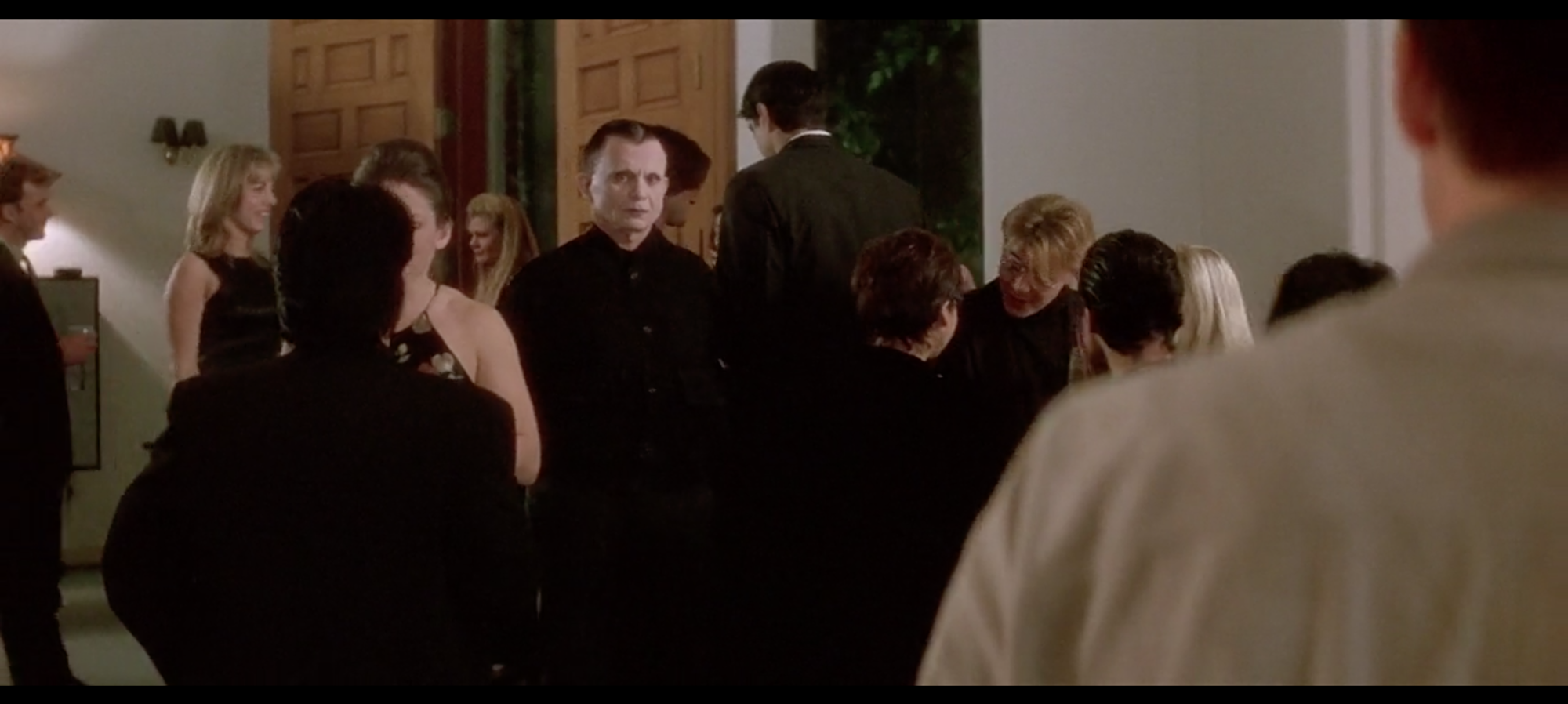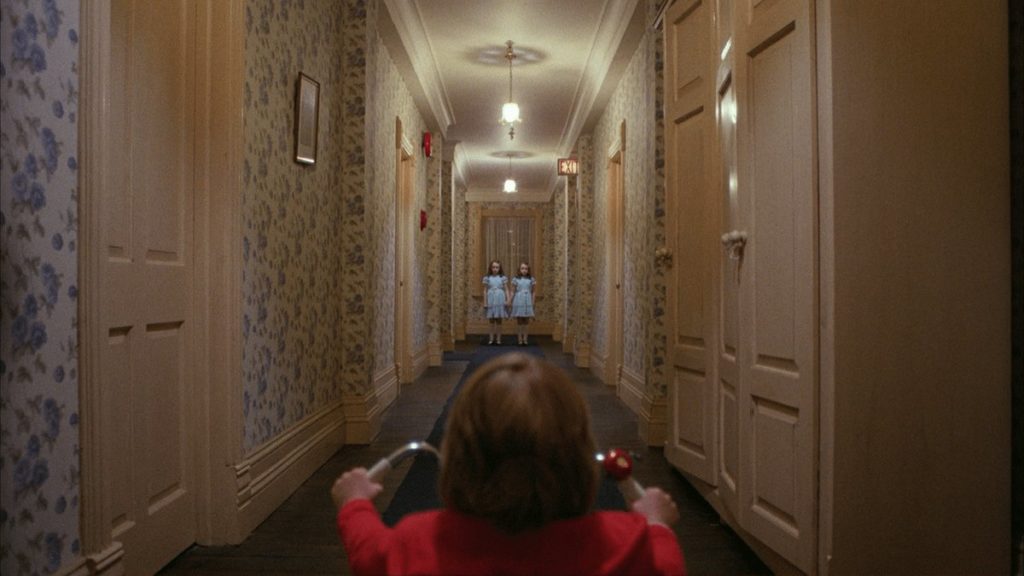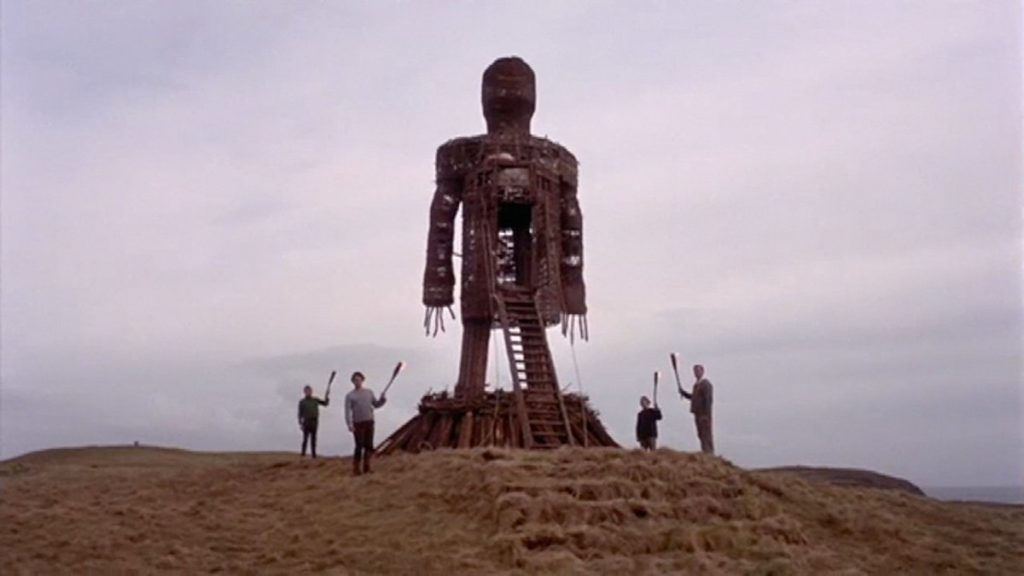Posts Tagged ‘the outline’
Imagine There’s No Apocalypse
March 23, 2020Dredging up Nightbreed from the depths of my personal canon at the present moment — imagining us in the place not of the pitchforks-and-torches humans but the gloriously bizarre creatures they choose to persecute — has given me unexpected solace. The post-coronavirus society in which I wish to live is one of herd immunity and mutual aid, one where workers whose vital services we take for granted are justly compensated for their indispensable labor, one where the art that sustains our spirit is created by artists we strive to support, one where health care and housing are recognized as universal rights.
We’re living an apocalyptic Stephen King novel (in reverse)
March 11, 2020When I think about Stephen King’s The Stand, which I have done with some frequency since I first read it in 1994, there’s one passage that always leaps out at me. It’s a description of the novel’s villain, Randall Flagg, a bad guy with such a magnetic presence that King would reuse him across nearly a dozen other books and stories in various guises. In The Stand he’s effectively the Anti-Christ, an ancient, grinning, denim-clad psychopath with magical powers. With little or no knowledge of who and what he really was, Flagg wove in and out of 20th Century America’s violent fringe movements — he was a member of the group that kidnapped and brainwashed Patti Hearst, for example — before emerging to lead a totalitarian nation-state based in Las Vegas (!) after a weaponized flu virus wipes out over 99 percent of the world’s population.
It’s during this phase of his life, which we experience in the pages of The Stand, that Flagg takes unto him his bride, a schoolteacher named Nadine Cross, who for reasons unclear (to her, him, and the reader) had been destined all her life to wind up in his clutches. During the grotesque and violent consummation of their relationship, his human shape melts away, revealing the demon beneath. This shatters Nadine’s sanity, but it also provides her with piercingly clear vision of this supposedly all-seeing, all-knowing, all-powerful entity’s chief limitation: He’s a moron.
…and now it was the shaggy face of a demon lolling just above her face, a demon with glaring yellow lamps for eyes, windows into a hell never even considered, and still there was that awful good humor in them, eyes that had watched down the crooked alleys of a thousand tenebrous night towns; those eyes were glaring and glinting and finally stupid.
Forgive me for the oft-repeated comparison I am about to make — I am but a writer of thinkpieces, and such is our lot — but does that sound like anyone you know?
I wrote about Stephen King’s The Stand and Our Present Moment for the Outline.
‘Better Call Saul’ Gets the Point of Prestige TV
February 24, 2020If the antihero with a guilty conscience is a fantasy, then it takes its place among beings from other forms of fiction animated by the unrealistic, the supernatural, the fantastic: dragons, zombies, alien invaders, masked slashers, haunted hotels, mad titans, sinister doppelgängers, xenomorphs, terminators, predators, you name it. No one holds the unreality of these entities against the works they inhabit, or at least no one should. No, we accept the unreality in exchange for what these things can reveal to us about our own lives — how they give us an imagistic vocabulary commensurate with the outsized and enormously powerful emotions we feel, emotions too strong for the vocabulary of everyday reality to properly convey.
And what do Saul Goodman and his difficult peers enable us to address? Our own guilt, our own shame, our own regret, our own conviction that had we been a better person in this or that moment, our lives and the lives of those we care about might have turned out very differently. Much maligned for allegedly teaching us to sympathize with the devil, the prestige-TV protagonist instead invites us to take a ruthless inventory of ourselves. On a much larger canvas than we ourselves possess, they play out the dramas of conscience we ourselves face on a smaller scale. That’s what they’re there to do: not to encourage us to give real-world bastards a pass, but to drive us to look at our own bastardry, however minor or major it may be, with fresh and unblinking eyes.
Taking ‘The New Pope’ at Face Value
January 30, 2020More than any other show on television today, The New Pope understands the value of unusual human faces. In addition to Orlando’s Cardinal Voiello, its core cast includes the saturnine, frog-faced Cardinal Aguirre (Ramón García); the effete and angular Cardinal Assente (Maurizio Lombardi); the beady-eyed, mononymed Vatican operative Bauer (Mark Ivanir); the soft-tempered and soft-featured Cardinal Gutiérrez (Javier Cámara); Kiruna Stamell, a little person, as the Abbess of the Vatican’s cloistered nuns. Of course, there’s the new pope himself: John Malkovich’s Sir John Brannox, his deeply lined face framed by a scraggly white beard, deep-set eyes recessed even further by generous helpings of guyliner. Creator and director Paolo Sorrentino’s closeups, particularly striking when the whole College of Cardinals is gathered together in all their red-robed splendor, make a meal out of every one of them.
My new column at The Outline is about the unconventional (read: normal) faces of The New Pope.
This Emperor Has No Clothes
January 15, 2020Ever since he strolled across the landing bay of the second Death Star in Return of the Jedi, ever since I held him in my five-year-old hands as a hefty hunk of Kenner-manufactured plastic, I have adored the Emperor. I’ve tried the other Dark Lords, and much as I might enjoy them, they’re just not the one: Sauron is a giant flaming eyeball, Voldemort is just Ralph Fiennes with no nose, Thanos is a finger-snappin’ Genocide Fonzie. But Star Wars’ Emperor Palpatine, the ruler of his galaxy and the series’ ultimate villain, is a star — pure evil in the form of a weird, wrinkly old fart who can shoot lightning from his fingers.
The Emperor rules. Figuratively, I mean, not just literally. And I didn’t need JJ Abrams to resurrect him in The Rise of Skywalker — now disappointing fans in a theater near you! — to convince me.
Why? Because he’s not just evil. He’s a dick about it. And that’s an evil I recognize.
I’m very excited to announce I’m now a columnist for the Outline! I kicked things off with an essay on why the Emperor rules and why, in The Rise of Skywalker, he rules less.
“I’m There Right Now”: Inside David Lynch’s Scariest Scene
April 4, 2019When I love a horror film, I want to live in it. I mean this as a physical proposition. If a horror movie I adore has a great scene set in a memorable enclosed space, my instinct, no matter how awful the things that happen in that space are, is to walk right into it. I’d like to be in Leatherface’s bone room, in the Overlook Hotel’s elevator lobby, in the bare wooden attic where the Cenobites kill Frank Cotton, in Scarlett Johansson’s black liquid void. I want to feel the walls, tap the floor with my foot, smell the viscera. You know, make myself at home.
I’d eventually like to leave again, of course, which is usually what separates me from the people who do visit those places within the movies themselves. But there’s weird, cold comfort in those spaces. They’re inviting, to me anyway, and it is not my custom to go where I am not wanted.
From the Red Room in Twin Peaks to its blue counterpart Club Silencio in Mullholland Drive, David Lynch has created many of these spaces. As a director, Lynch is to ambient room tone what Martin Scorsese is to gangsters listening to “Gimme Shelter.” Evoking a sense of space, and what it’s like to be within four particular walls (curtains optional), is a major part of his project.
In one such space, he even threw a party.
I wrote about the Mystery Man scene from David Lynch’s Lost Highway for The Outline.
All Hail the Monumental Horror-Image
August 17, 2018You may not have heard of the monumental horror-image before, but like the Supreme Court and pornography, you know it when you see it. The little girls in The Shining, the statue of the demon in The Exorcist, the titular entities in The Wicker Man and It Follows: Though they’re rarely discussed compared to jump scares, gore, monsters, slashers, torture, or other hallmarks of the genre, the monumental horror-image is everywhere. Chances are good that if a movie has ever really frightened you, you have strange, standalone sights like these to thank.
The things you see in images like these aren’t brandishing a chainsaw or baring a mouthful of fangs, but something about them feels completely terrifying anyway. It’s not just scary, it’s wrong, like you’re seeing something that should not be.Why “monumental?” In part, because subjects of these images are horrifying more for what they represent than what they actually do. In most cases, they don’t do anything but stand there. Yet seeing them alone is enough to indicate that something dreadful going on. Just as monuments in real life commemorate events or embody ideals, these images function as horror’s forward-facing surface — “monuments” to the deeper evil they connote.
Inspired by a twitter thread I did on the topic that went viral recently, I wrote about the monumental horror-image for The Outline, and they made an incredible visual presentation out of it that you really should check out if this subject interests you at all. This piece was nearly 20 years in the making and i’m so proud of how it turned out.
The only good online fandom left is ‘Dune’
July 11, 2018In the contemporary internet sense, the Dune discourse is wild and wide open, without the warring-camp, protect it at all costs mentality that plagues so many other geek-culture staples. If you say “The spice must flow,” you aren’t risking hours of replies from angry pedants the way you might if, oh I don’t know, you point out that in Justice League, Aquaman’s trident (from the Latin for “three teeth”) has five points instead of three. Unless you try very hard, you’re also unlikely to encounter anyone complaining that Dune has been ruined by SJWs and soyboys, or that critics who like it have been bought off by that sweet De Laurentiis money. Yet it’s still a sprawling invented world that provides you with all the esoterica and trivia and map-reading and jargon-slinging joy of any other. You can get stoned and stay up until the wee hours making dank Duncan Idaho memes with your friends, or with no one at all, completely unmolested.
And perhaps I’m going out on a limb here, but based on the source material and the filmmakers historically associated with adapting it — including Villeneuve, whose Blade Runner movie gives us a solid recent point of comparison — Dune-iverse phrases like “Tleilaxu ghola” or “prana-bindu training” or “He is the Kwisatz-Haderach” are never gonna reach “Infinity Stones” or “Ten points for Gryffindor” or “A Lannister always pays his debts” levels. Anyone who’s seen the very real Dune coloring and activity books, which look like an elaborate prank, can attest to how tough it is to boil this stuff down to four-quadrant consumability. It’s true that the books are bestsellers, but so is the comparable work of Jeff VanderMeer, author of Annihilation, which became a well-regarded science-fiction film that nevertheless won’t be getting Happy Meal tie-ins anytime soon.
No matter how much Lynch’s version trends upward in critical estimation, no matter how (or if) Villeneuve’s new version pans out, this is just not a franchise that’s scalable in the Transformers or Harry Potter way. It’s too dense, too weird. It smells like sun-bleached library paperbacks. Which, by the way, are the only form in which Dune has been successfully franchised, in the form of sequels co-authored by workmanlike SFF writer Kevin J. Anderson and Herbert’s son Brian. Dune references signal shared knowledge to those in the know, and that’s about it. Dune fandom is an un-fandom.
More than anything else, this is what makes immersion in Dune such an attractive prospect. Paul Atreides found anonymity, friendship, and freedom in the secret ways of the unconquerable Fremen desert tribes (Fremen, “free men,” get it?); his life after that point was a prolonged struggle to export that sense of freedom to others. Consciously or not, Herbert himself summed up the promise of Paul’s life in his introduction to New World or No World, repackaging it as a plan for the survival of the species and the planet we live on.
“The thing we must do intensely is be human together,” he wrote. “People are more important than things. We must get together. The best thing humans can have going for them is each other. We have each other. We must reject everything which humiliates us. Humans are not objects of consumption. We must develop an absolute priority of humans a head of profit — any humans ahead of any profit. Then we will survive. Together.” Dune is one small, goofy, vital way of sharing something wonderful with each other, and with nothing and no one else.
For my debut at The Outline I wrote about Dune, the nerdiest popular thing you can enjoy without feeling like a corporate shill or a footsoldier in some weird fandom war. I went real long and real deep, so please take a look!



